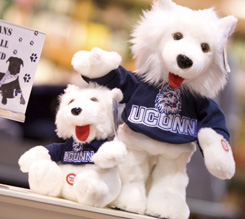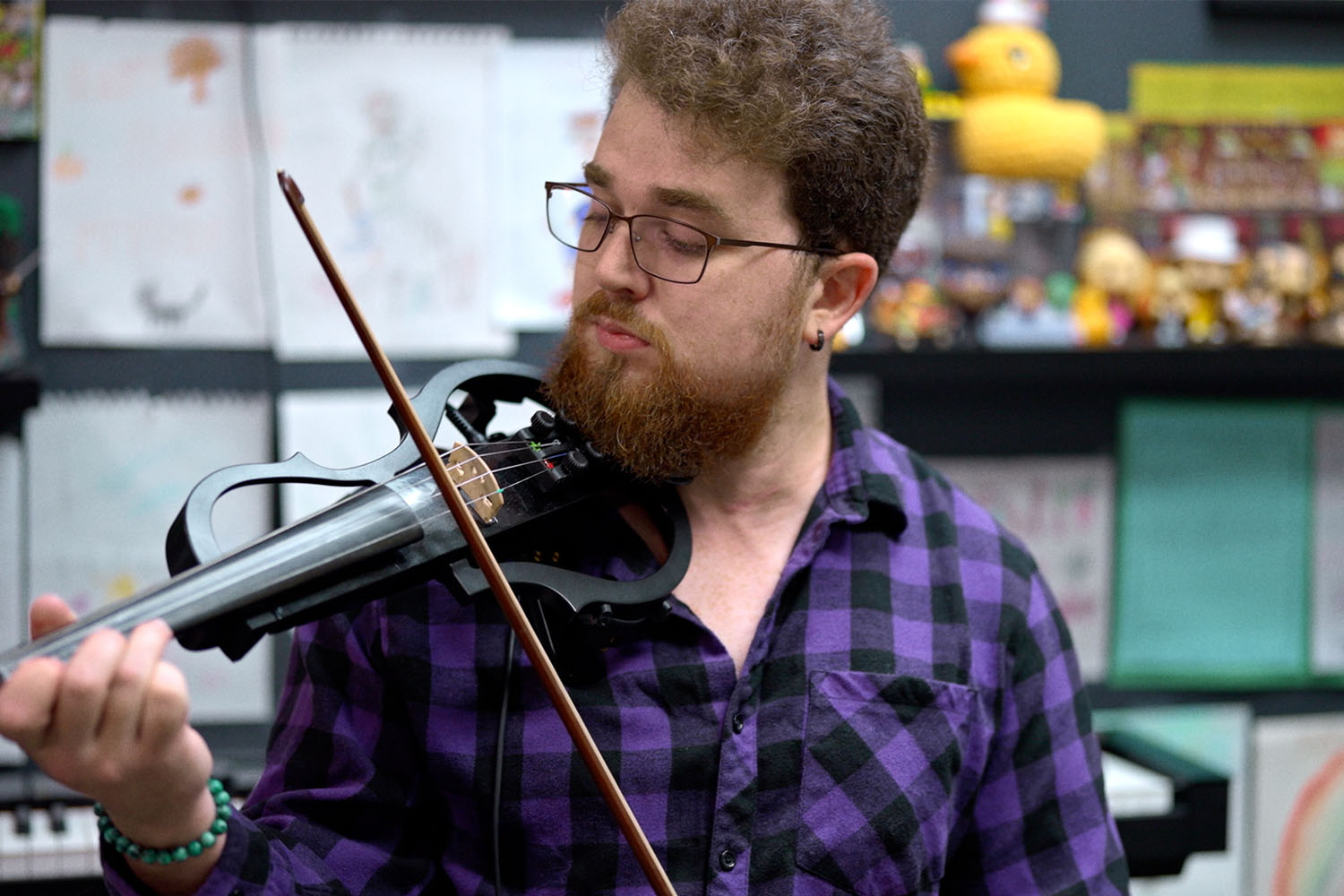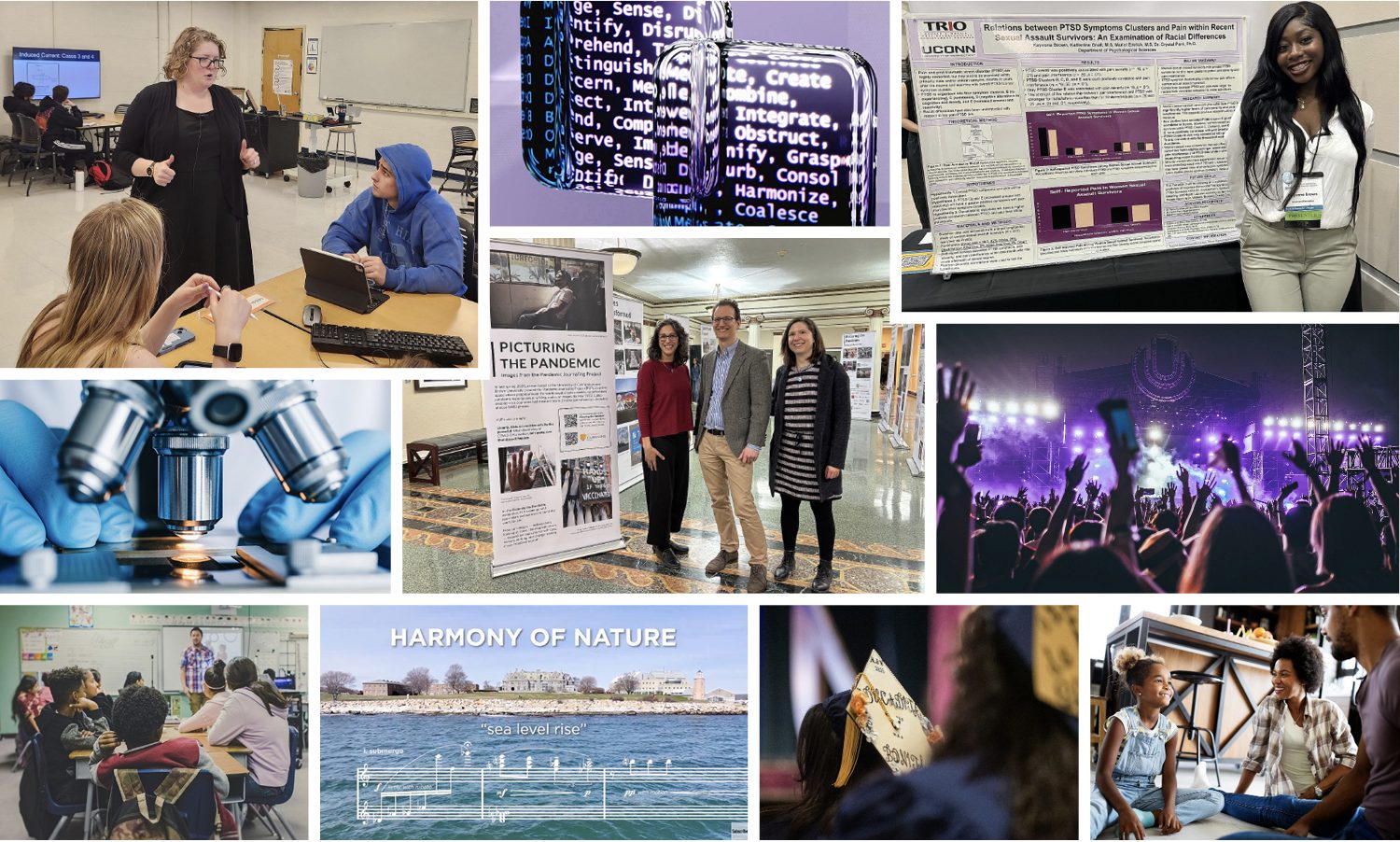 Connecticut goes by many names — the Land of Steady Habits and the Nutmeg State among them — but it’s also well known as home to countless important inventors and inventions. In fact, some of the state’s most unique inventions are conceived by its youngest innovators, and they were on display May 1 at UConn’s Gampel Pavilion in Storrs, when well over 650 children brought their bright ideas to town for the 27th Connecticut Invention Convention.
Connecticut goes by many names — the Land of Steady Habits and the Nutmeg State among them — but it’s also well known as home to countless important inventors and inventions. In fact, some of the state’s most unique inventions are conceived by its youngest innovators, and they were on display May 1 at UConn’s Gampel Pavilion in Storrs, when well over 650 children brought their bright ideas to town for the 27th Connecticut Invention Convention.
Among the clever devices on display were the:
ParcelEx Security Box, featuring a wall-mounted, motorized package delivery device in which delivery people may deposit a package safely in a residence without fear of possible theft or weather damage. The unit features a keypad and metal arc-shaped bin. Fifth-grade Parker Gagnon of Rocky Hill invented the device and even conducted a market survey demonstrating the potential market for his invention.
Panthugger Caddy, developed by sixth grader Rico Biggart of Canton Intermediate School. The unit was composed of a recycled, creatively reconstructed pair of blue jeans that provides kids convenient access to books, school supplies and notebooks as the caddy hangs on the back of a chair.
Residential Hydro Electric Generator (RHEG), designed by fifth grader Tej Patel of Rocky Hill as a way to capture energy from the water running through household pipes. Young Tej said he got the idea after a family visit to Niagara Falls; seeing the massive turbines that generate electricity from the falls called to mind the water that flows through plumbing pipes from showers and sinks. His small demonstration model included a small-scale turbine that would be inserted in a water pipe; the flow and water pressure going through the pipe would dictate the amount of energy produced, he explained. He was still refining his strategy for energy storage and distribution within the home, but already Tej demonstrated sophisticated understanding of the need for localized energy production.
 The seeds for CIC are sown in the fall, when teachers of grade K-8 students at more than 100 participating schools across the state ask their students to identify a vexing problem they encounter regularly. The children then consider possible solutions, select one and refine it into a working prototype. Nearly 10,000 Connecticut students are involved in the program and compete at these local level contests for the opportunity to represent their school at the state convention. Students earning top honors proceed to the state-wide convention in Storrs, where they vie for top state laurels before teams of judges from industry, education and government.
The seeds for CIC are sown in the fall, when teachers of grade K-8 students at more than 100 participating schools across the state ask their students to identify a vexing problem they encounter regularly. The children then consider possible solutions, select one and refine it into a working prototype. Nearly 10,000 Connecticut students are involved in the program and compete at these local level contests for the opportunity to represent their school at the state convention. Students earning top honors proceed to the state-wide convention in Storrs, where they vie for top state laurels before teams of judges from industry, education and government.
During the May 1opening ceremonies, a number of speakers offered inspiring remarks before the large audience of parents, student inventors, teachers, judges and friends.
Opening his iPhone and reading from its display, P. Christopher Earley, dean of the UConn School of Business, invoked the words of the estimable British comic and actor John Cleese: “We all operate in two contrasting modes, which might be called open and closed. The open mode is more relaxed, more receptive, more exploratory, more democratic, more playful and more humorous. The closed mode is the tighter, more rigid, more hierarchical, more tunnel-visioned. Most people, unfortunately, spend most of their time in the closed mode.” Dr. Earley noted that children are typically in the open mode, and that the CIC is rooted in the open mindset.
Underscoring the point, he commented that at the National University of Singapore, where he worked before joining UConn, the school had a problem with lack of student inventiveness. An eminent Harvard professor was commissioned to advise the school on ways to improve the creativity of its students. After studying the problem, Dr. Earley said, the professor advised the administration to forget about nurturing innovation in its students — that its focus should be redirected toward encouraging inventiveness among young children. He closed by advising the young inventors to emulate engineers, and Dean of Engineering Mun Choi (who developed a flame safety experiment that flew aboard the International Space Station in 2009, with a second flight scheduled for 2011) in particular, as worthy role models.
 Dave Carter, vice president for engineering and technology at Hamilton Sundstrand, recounted some of the company’s numerous technological triumphs and noted that United Technologies — Hamilton Sundstrand’s parent company — is always looking for inventors. Noting the company’s decades-long sponsorship for the CIC, he commented “We think this is where the next generation of inventors can be found,” and added that he hoped the young inventors would build upon their CIC experience to pursue careers in science and engineering.
Dave Carter, vice president for engineering and technology at Hamilton Sundstrand, recounted some of the company’s numerous technological triumphs and noted that United Technologies — Hamilton Sundstrand’s parent company — is always looking for inventors. Noting the company’s decades-long sponsorship for the CIC, he commented “We think this is where the next generation of inventors can be found,” and added that he hoped the young inventors would build upon their CIC experience to pursue careers in science and engineering.
As the opening ceremonies drew to a close and the judging portion ensued, families dispersed around Gampel, arrayed with various School of Engineering and other exhibits, for hands-on lessons — and across the UConn campus. For more information on the Connecticut Invention Convention, visit www.CTInventionConvention.org.



